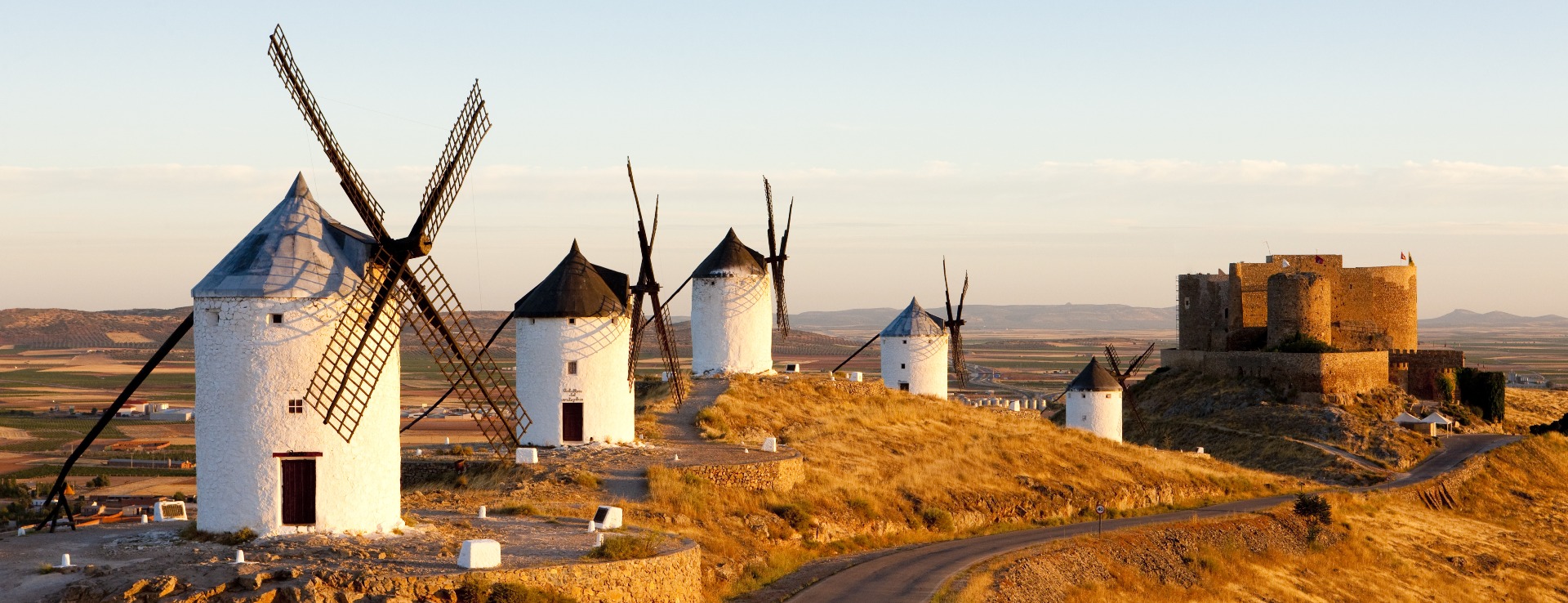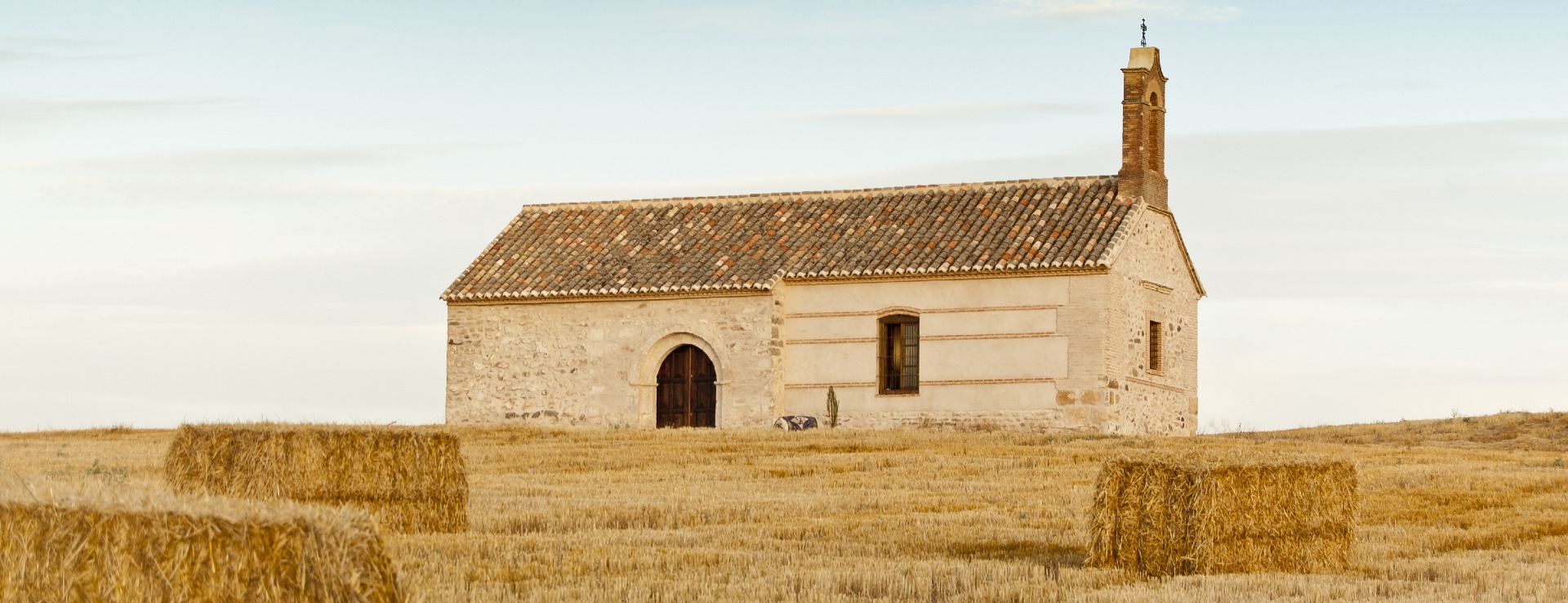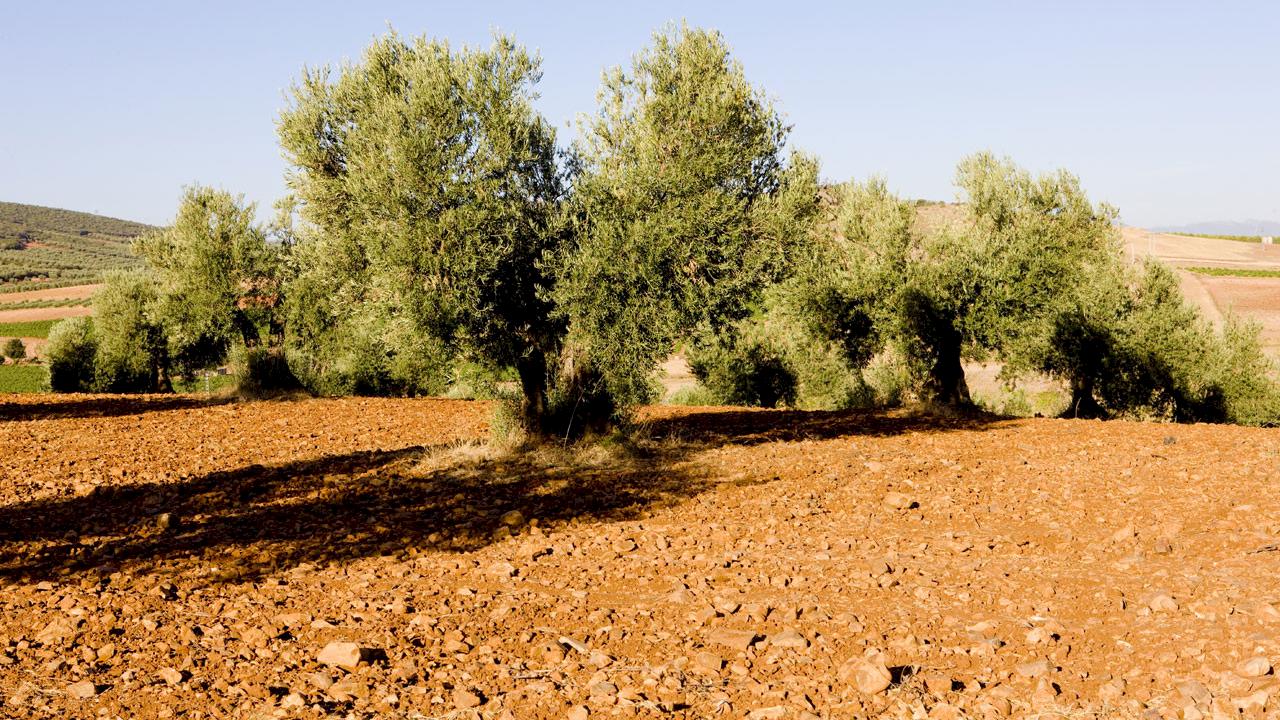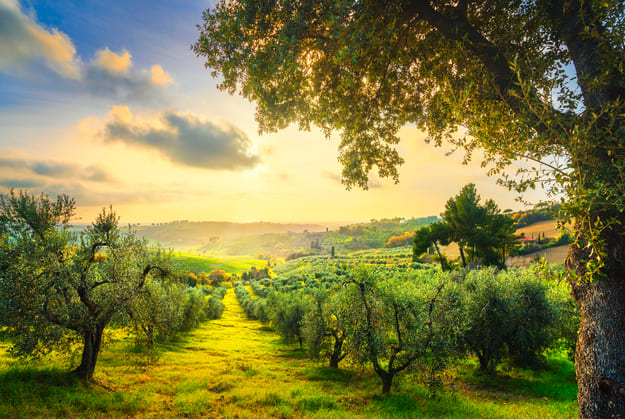Find your olive grove or oil mill
4 Olive groves and oil mills for sale in Ciudad Real
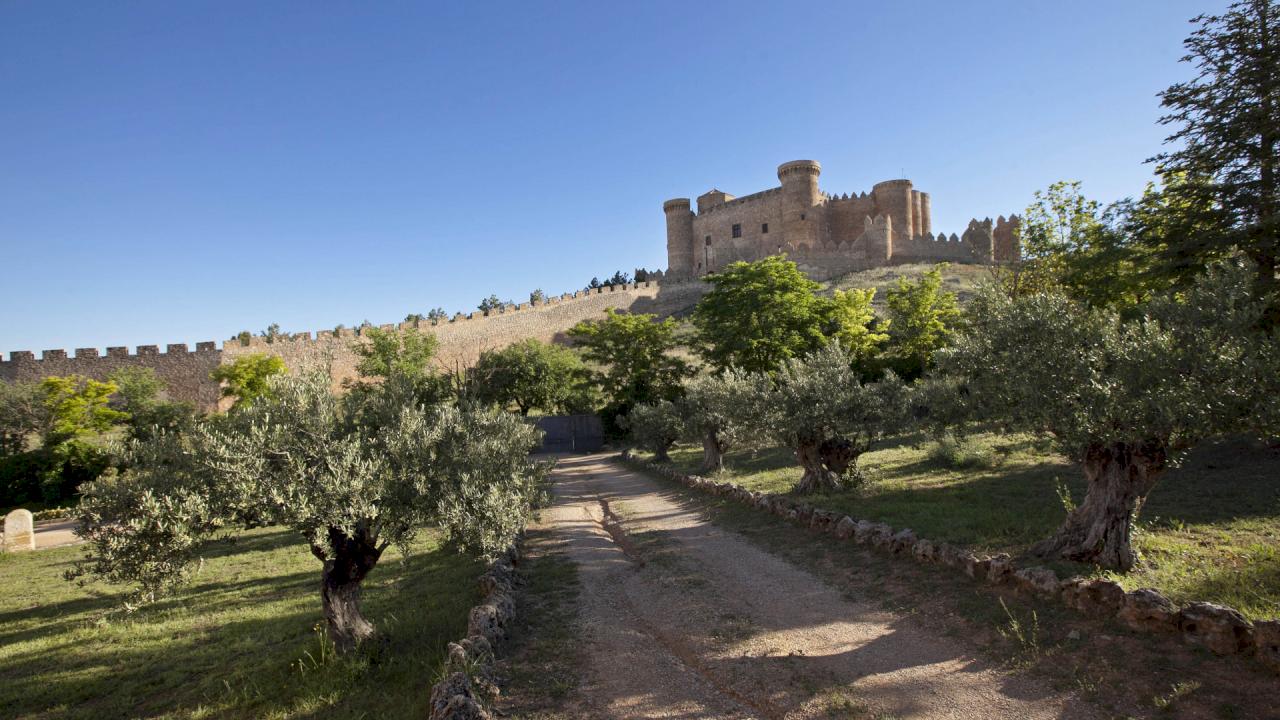
Stately mansion with pool and 120 olive trees.
Small palace in front of the castle of Belmonte
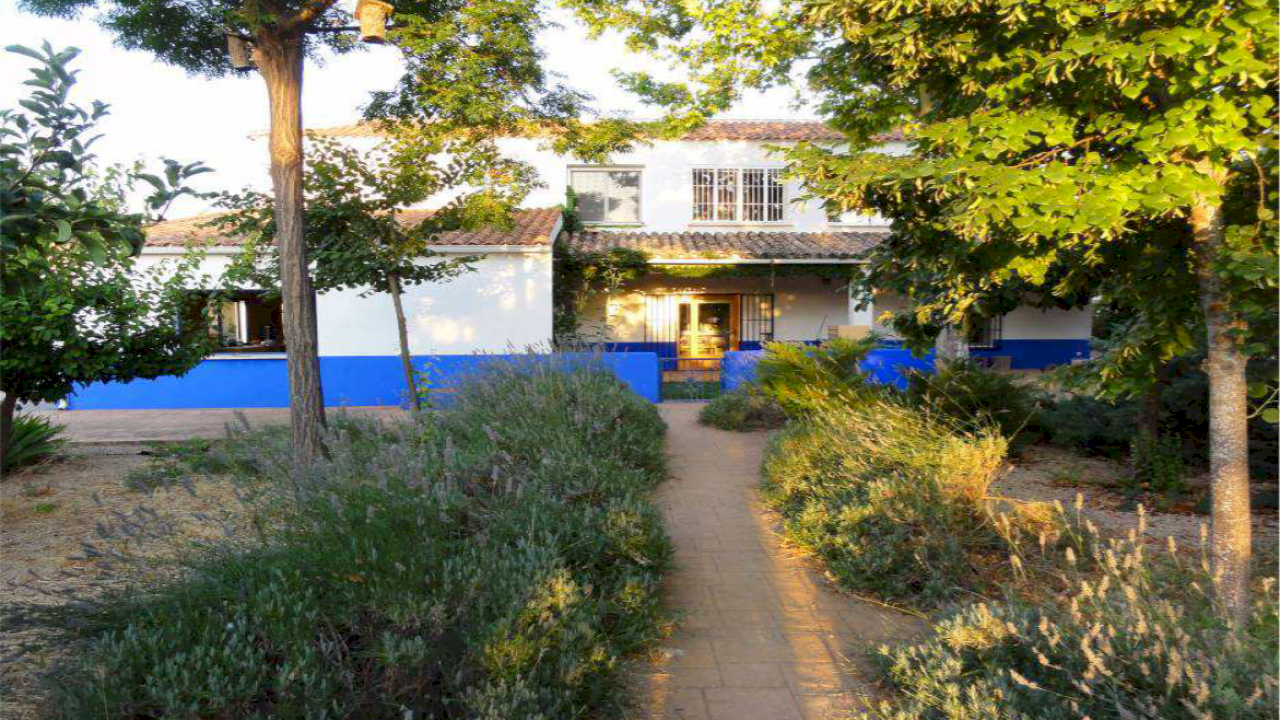
Historical farmhouse renovated with 6 ha of organic olive trees in production.
Olive farm in the DO Aceite del Campo de Calatrava in Ciudad Real
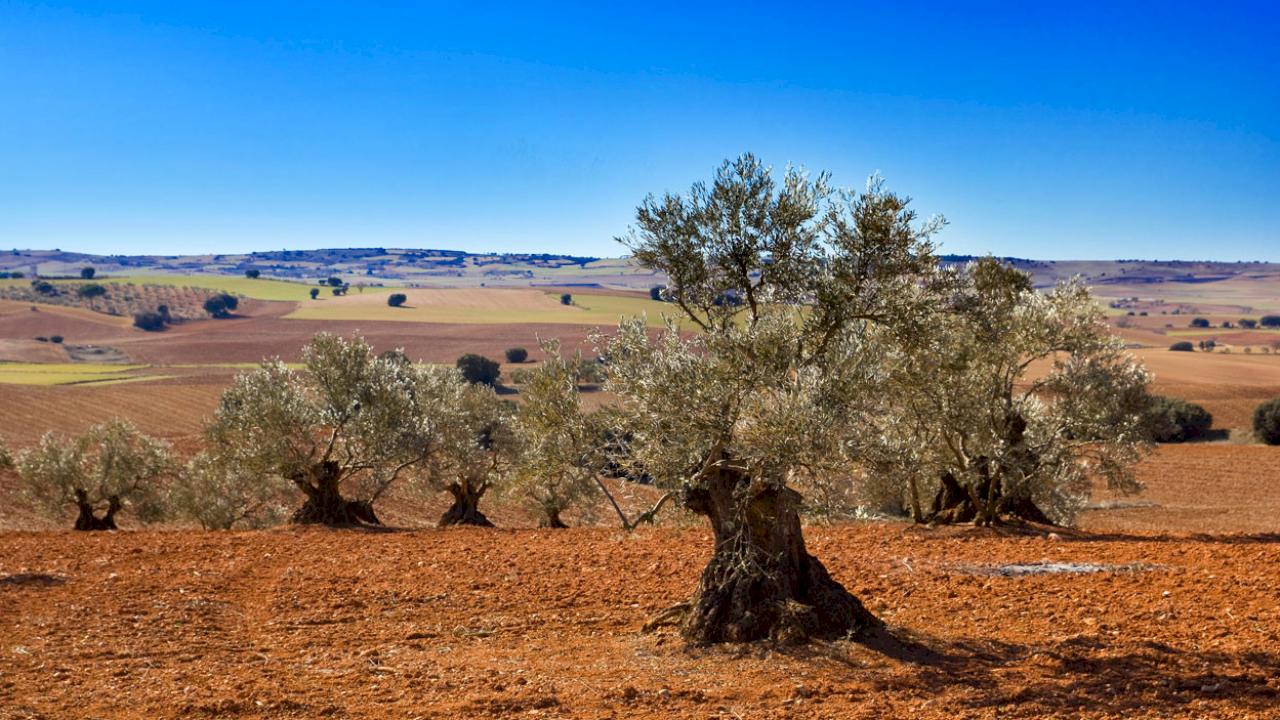
Farm with Cortijo, olive trees and vineyards.
200 hectares with 75 hectares of olive trees. In addition there are 70 hectares of vineyards and hunting estate.
Infographic of the area
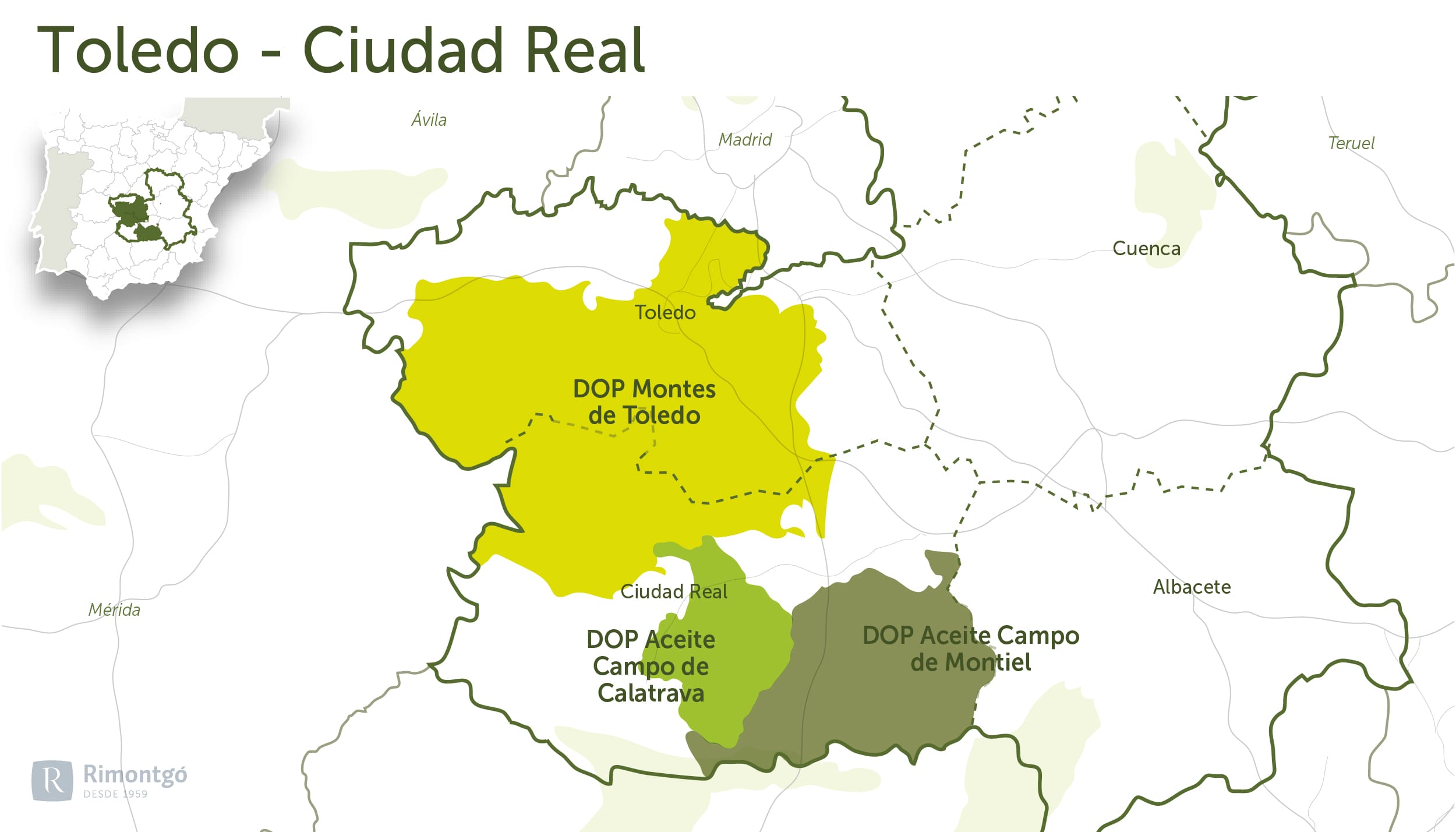
Ciudad Real
In the province of Ciudad Real there are two olive oil DOs, DO Aceite Campo de Calatrava and DO Aceite Campo de Montiel.
DO Aceite Campo de Calatrava
In the central area of the province of Ciudad Real, in municipalities such as Aldea del Rey, Almagro, Argamasilla de Calatrava and Ciudad Real, 16 municipalities make up the geographical description with a total of 22,073 hectares of olive trees of Cornicabra and Picual varieties.
Varieties
The oils are produced with the Cornicabra and Picual varieties, forming a homogeneous morphological and historical unit.
History
The historical unity of Campo de Calatrava is linked to the ancient Order of Calatrava, which was founded in 158 AD on a religious and military basis to protect the town from which the region and Designation of Origin borrow their name.
Climate and soils
The Campo de Calatrava is located in the southern sub-plateau of the Iberian Peninsula, with average altitudes of over 600 m. Calatrava volcanism is a consequence of the elevation of the Cordilleras Béticas during the Alpine orogeny, a geological event caused by the collision of the Eurasian and African plates in the context of the western Mediterranean. There is a consensus among researchers that the first volcanic eruption in the area dates back some 8-9 million years.
With regard to the soils of Campo de Calatrava, the most specific character is due to their specific mineralogy and geochemistry. They are soils in which the nature of the source material plays a very important role, detecting specific mineral species of this region, such as olivines and high concentrations of chemical elements, for example, manganese.
Among the eruptive phenomena developed in Campo de Calatrava, hydrovolcanism is the most outstanding due to its abundance, more than half of the volcanic edifices respond to these dynamics, and due to the environmental repercussions it introduces into the territory in the form of temporary flooding of water (lagoons) accumulated in the bottoms of the hydromagmatic craters (maars).
Olive oil mills
Aceites Olivar del Valle, Almazara Ecológica Pago Piedrabuena, Coop. Ntra. Sra. de las Nieves, Coop. Ntra. Sra. del Socorro, Coop. Oleovinicola Campo de Calatrava, Coop. Santiago Apostol, Coop. Santo Cristo, La Almazara Ecológica S.L., Olivapalacios S.L.
DO Aceite Campo de Montiel
Also in Ciudad Real, another 26 municipalities in the historic region of Campo de Montiel and some more in the south of the province.
Varieties
They work with picual, cornicabra, arbequina and manzanilla de Centro varieties. The main varieties are considered to be picual and cornicabra. The surface area dedicated to olive cultivation is 49,498 ha, 45 % of the Cornicabra variety, 40 % of the Picual variety, 5 % Manzanilla, 5 % Arbequina and 5 % of the Loca variety.
The characteristics of stability, bitterness and pungency are mainly due to the Cornicabra and Picual varieties.
The specificity of the product is also due to the presence of other varieties, including the local variety endemic to the area, as well as other testimonial varieties such as manzanilla and arbequina.
This specific mix of varieties is due to the fact that this geographical area is a confluence of olive-growing regions whose main varieties are cornicabra, Ciudad Real and Toledo, and picual, Córdoba and Jaén.
Climate and soils
Campo de Montiel is a limestone plateau with a surface area of more than 7 000 km2 and an average altitude of 850 m.
Its edaphological peculiarities include the marked presence of reddish-brown and limestone-brown soils, the high calcium carbonate content and the high salinity of the soil. The extreme climatic conditions, especially the cold winter and hot summer and the scant rainfall, have a marked influence on agricultural uses and crops in the area and largely determine the quality and properties of the oil obtained.
Climatologically, the area is subject to extreme conditions, with a high variability of temperatures between the harsh, long winter and the hot summer, a high number of hours of sunshine, high light intensity and low rainfall (600-700 mm).
Olive oil mills
Cozar de la Sierra SCA, Ntra. Sra. de la Antigua and Sto, Sra. de la Vega SCA, Ntra. Sra. del Pilar SCA, Olivarera San Isidro SCA, San Bartolome Apostol SCA, San Isidro Labrador SCA, Santa Catalina SCA, SC. de C-Lm San Gregorio, Stmo. Cristo del Valle SCA, Sto. Domingo de Guzman SCA, Unión Santiago Y San Miguel SCA, Virgen del Valle SCA, Fabrica de Aceites San Sebastian S.A, TIKALO S.L, Campo de Montiel, Coop. de 2º, Cozar de la Sierra, Soc. Coop. Agraria, Santa Catalina, SCA Stmo. Cristo del Valle, SCA Sto. Domingo de Guzman SCA, Ntra. Sra. del Pilar SCA.
Olives
Subscribe to our mailing list to receive news about olive groves and oil mills.

